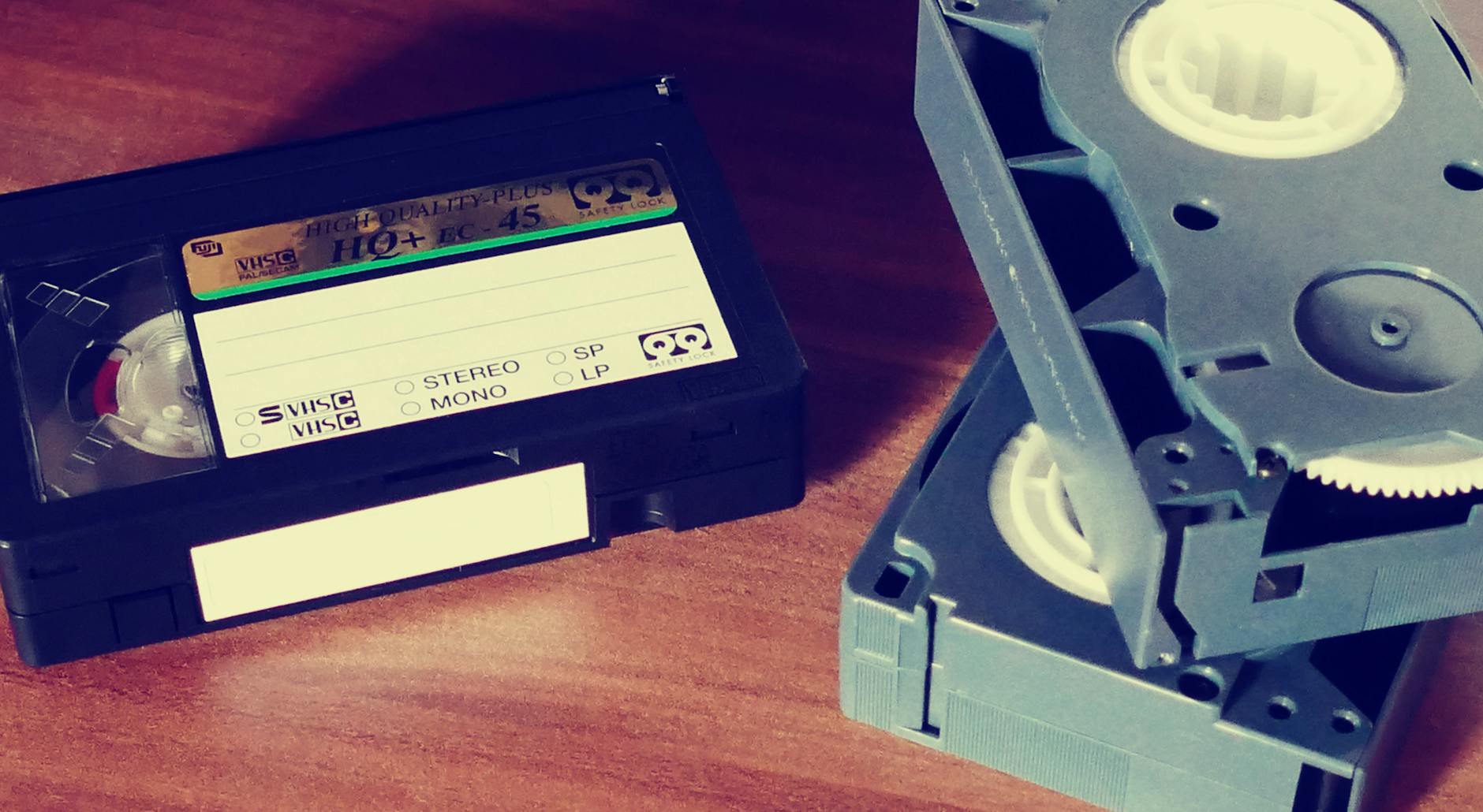Are Australian Businesses Ready to Transform with Cutting-Edge Audio Technologies?

Current Audio Tech Landscape
Across Australia, especially in bustling hubs like Sydney, the landscape of audio technology in educational and professional settings is evolving at an impressive pace. In schools, there’s a notable shift towards integrating advanced solutions to enhance communication and learning. In the vibrant tech scene of Barangaroo, businesses are actively adopting new tools that support multimedia projects, resembling educational environments in their thirst for innovation.
Adoption Trends in Australia
Audio and video technologies have become vital in various sectors. In educational settings, monitors for video conferencing are transforming classrooms, enabling seamless connections both locally and internationally. Teachers and students benefit from these interactive sessions, fostering a more engaging learning experience. Besides education, the deployment of mesh radios is increasingly popular within tech-savvy communities, helping establish reliable networks even in challenging environments.
Available Technologies for Schools
Among the myriad of technologies making waves, universal remote systems stand out. These devices are particularly useful in classrooms for managing multiple audio-visual equipment effortlessly. With a universal remote, educators can switch between projectors, sound systems, and interactive displays with minimal hassle, enhancing the overall teaching experience.
Success Stories from Educators
Incorporating audio technology in schools has led to numerous success stories. One primary school enhanced its learning environment by adopting interactive displays and video conferencing setups, mirroring the innovative spirit seen in Surry Hills' co-working spaces. These technologies have helped bridge learning gaps and provided educators with new ways to deliver content effectively. Such achievements highlight the potential of audio-visual solutions in education, fulfilling the growing needs of students and teachers alike.
Benefits for Educational Institutions
Enhancing Learning Experiences
Enhancing learning experiences in educational institutions hinges greatly on audio quality, which plays a pivotal role in keeping students engaged. Investing in high-quality audio equipment can transform the classroom environment, making it more immersive and interactive. Imagine incorporating state-of-the-art sound systems during school presentations at iconic venues like the Sydney Opera House, where clear audio output could captivate an audience of young minds. It’s here where educators can ensure every student hears each note and syllable with vivid clarity, thus enriching their learning journey.
Supporting Special Needs Education
For schools aiming to create inclusive learning environments, quality pro audio equipment is essential. It's time to consider how these tools can cater to special needs students, such as providing clear, assistive audio for those with hearing impairments. Schools can support inclusivity by incorporating systems that seamlessly integrate with technologies like hearing loops. This commitment ensures that every student is given equal access to classroom content, a vital step in bridging educational gaps and fostering an atmosphere where all learners feel valued and understood.
Facilitating Staff and Student Interaction
In the dynamic pulse of Sydney’s Barangaroo tech scene, the influence of audio advancements can’t be understated—especially in facilitating interaction within schools. High-quality audio solutions improve teacher-student communication, whether through interactive whiteboards or during video conferencing sessions. Educators can efficiently relay instructions, while students can respond with clarity, eliminating misunderstandings. As these technologies evolve, so does the richness of interaction, fostering a more collaborative, cohesive educational experience.
Integration Challenges
Budget Constraints
One of the most significant hurdles when integrating new audio technologies, such as hearing loop systems, into educational settings is budget constraints. Many schools face limited funding, which can restrict access to advanced tech solutions. The key is in strategic allocation and advocacy, ensuring you effectively communicate the long-term value of these investments for students and staff alike.
Training for Educators
Introducing systems like a motorised projector screen involves more than just installation—it requires comprehensive training for educators. As professionals adapt to these tools, the learning curve can be steep. However, leveraging tech-savvy colleagues and ongoing workshops can bridge this gap, making the transition smoother. This echoes the kind of innovation seen in Sydney's dynamic tech hubs, such as Barangaroo, where continuous learning is a staple.
Compatibility with Existing Systems
Ensuring compatibility with existing systems is crucial. New technology should integrate seamlessly without disrupting current setups. This is particularly true when considering compatibility with legacy systems in schools, which often require tailored solutions. Prioritise consultation with experts in the field to ensure a smooth integration process that supports an inclusive and efficient learning environment for all students.
Strategies for Implementation
Collaborating with Tech Vendors
Collaborating with tech vendors offers significant opportunities when considering new broadcast solutions for educational settings. It’s important to cultivate relationships with vendors who understand the unique needs of school environments, similar to how teams might work together in Surry Hills' collaborative co-working spaces. Discussing your specific needs, such as incorporating loudspeakers for assemblies, can lead to tailored solutions that meet both auditory and financial requirements.
Phased Rollout Plans
Implementing advanced tech within educational settings benefits from a phased rollout approach. This strategy allows schools to gradually integrate new equipment, providing the necessary time for adjustments and staff training. For example, beginning with essential areas, such as assembly halls for large-scale events like those held at the Sydney Opera House, ensures that capacity handling is adequate before expanding to other areas. By focusing on small successes first, institutions foster a smoother adaptation process.
Monitoring and Evaluating Success
Once new audio systems are in place, continuous monitoring and evaluation are vital to ensure they are effective and meet educational goals. Regular reviews help in identifying any issues, allowing for timely interventions. Stakeholders, including school management and tech vendors, should be involved in the evaluation process, ensuring a comprehensive understanding of the system's success and areas for improvement. Keeping track of these outcomes not only ensures current needs are met but also aids in justifying future technological investments.
Best Practices for Audio Tech
Selecting Optimal Equipment
When choosing audio equipment for educational institutions, professionals must consider several factors to ensure functionality and adaptability. The aim is to select tools that can seamlessly integrate into the evolving multimedia marketing landscape, akin to crafting a compelling campaign at a Surry Hills co-working space. Prioritise equipment with flexible compatibility to avoid obsolete systems and ensure integration with existing assets. Whether you're exploring tools like microphones, speakers, or mixers, invest in those which offer a balance between cost and long-term value.
Ensuring System Reliability
Reliability tops the list when orchestrating a successful audio setup. To mirror the precision of a performance at the Sydney Opera House, regular maintenance schedules and failover strategies are imperative. Encourage educational settings to establish a routine check and update scheme for all audio systems. This preventive approach mitigates risks of system breakdowns during critical audio-visual sessions, ensuring educational delivery remains uninterrupted.
Future-Proofing Learning Environments
Strategic foresight is imperative for future-proofing learning environments. Drawing inspiration from Barangaroo's tech innovation hub, integrate updates proactively. Keep ahead of trends like immersive audio experiences to maintain a cutting-edge educational offering. Educators and institution administrators should establish relationships with forward-thinking tech vendors. This collaborative effort will yield insightful updates and grant early access to the latest utilities without disrupting the financial landscape, even amidst budget constraints frequently encountered by educational facilities.


